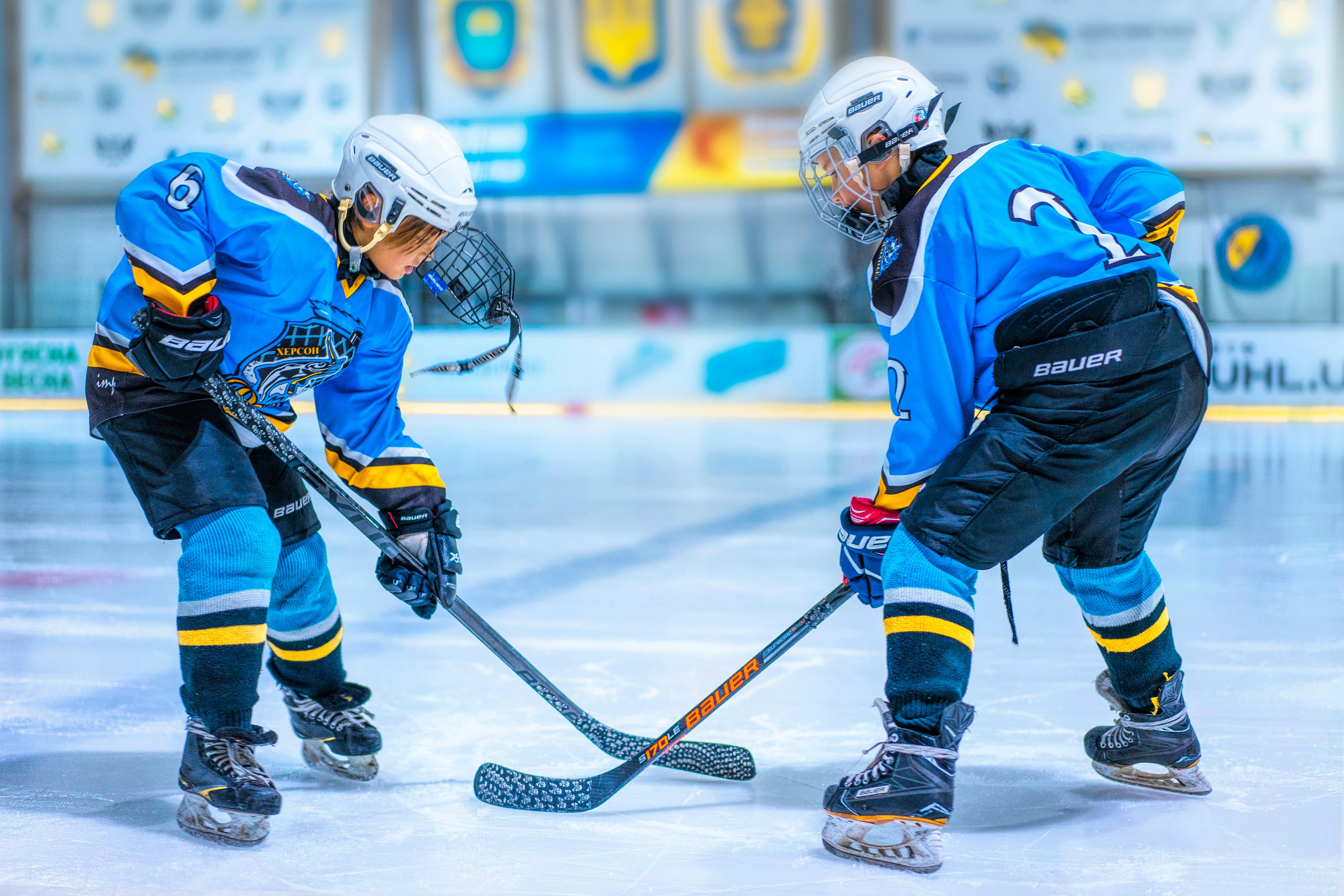Breaking the Ice: Unveiling the Intricacies of Synchronized Ice Skating
Synchronized ice skating, a visually stunning spectacle of rhythm, precision, and teamwork, often fades into the background of more recognized skating disciplines. Yet, this sport has a rich history and offers a unique approach to athletic performance. This article delves into the birth and development of synchronized ice skating, its current trends, and the nuances that make it a captivating sport.

A Frosty Dawn: The Origins of Synchronized Ice Skating
Synchronized ice skating traces its roots back to the mid-20th century. Conceived in 1956 by Dr. Richard Porter, a Michigan-based physician and ice skating enthusiast, the sport aimed to create a team-oriented variant of figure skating. Porter’s vision was realized in the form of “Precision Skating”, a discipline that emphasized uniformity, synchronization, and intricate formations.
Since its creation, synchronized ice skating has grown exponentially. The sport is now recognized by the International Skating Union (ISU) and has been a part of the World Figure Skating Championships since 2000. Despite its progress, synchronized ice skating remains a non-Olympic sport— a fact many within the skating community are striving to change.
Twirling Towards the Future: Current Trends in Synchronized Ice Skating
In recent years, synchronized ice skating has undergone a significant evolution. The emphasis has shifted from merely executing identical movements to incorporating more complex and innovative sequences. Teams are now focusing on mastering difficult elements like lifts, intersection sequences, and spins, all while maintaining perfect synchronization.
Another emerging trend is the increased emphasis on storytelling. Choreographies are becoming more thematic, often narrating a story or expressing a particular emotion. This development has added an extra layer of depth to performances, making them more engaging for spectators.
The Harmony of Blades: Understanding the Sport
Synchronized ice skating is much more than a group of skaters performing together. It requires a blend of individual skills, team coordination, and mental toughness. The teams, which can consist of 8 to 20 skaters, must perform a program incorporating various elements such as blocks, circles, wheels, lines, and intersections.
This discipline presents unique challenges. Skaters must be keenly aware of their teammates’ positions and movements while executing their routines with precision and grace. Any lapse in concentration can result in falls, collisions, or synchronization errors, which can significantly affect the team’s overall score.
The Art of the Ice: The Real-World Impact of Synchronized Skating
Synchronized ice skating is not just a competitive sport—it’s a community-building activity that fosters camaraderie, discipline, and resilience. It teaches athletes to work together towards a common goal, a skill transferable to many real-life situations. Moreover, the sport promotes physical fitness, mental toughness, and artistic expression, making it a well-rounded pursuit for both children and adults.
Final Lap: The Unseen Potential of Synchronized Ice Skating
Despite its relative obscurity, synchronized ice skating possesses immense potential. It’s a sport that combines athleticism with artistry, individual skills with team dynamics, and tradition with innovation. With an increasing number of participants worldwide, synchronized ice skating is poised to capture a larger share of the global sports spotlight.
The road to Olympic recognition might be long, but the synchronized ice skating community remains hopeful. After all, the sport embodies the Olympic spirit— unity, excellence, and respect. As more people become aware of the discipline’s beauty and complexity, the dream of synchronized ice skating gracing the Olympic stage grows increasingly possible.




